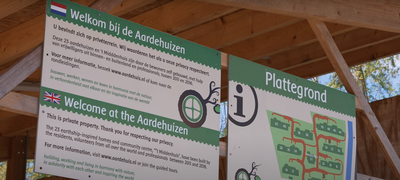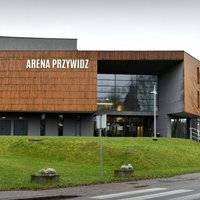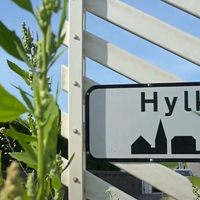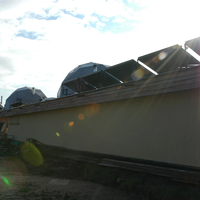SERENE: International collaboration on energy-neutral communities
In the collective housing projects Aardehuizen and Vriendenerf in the Dutch town of Olst (Province of Overijssel), Saxion University of Applied Sciences together with various partners, including the University of Twente, conducts research into sustainable and integrated energy systems in local communities. The project is a collaboration with researchers from Denmark and Poland.
Self-sufficient energy communities
The small cluster of houses in Aardehuizen looks a bit like a group of Hobbit dwellings with their dome-shaped roofs amid a lot of greenery. However, the homes hide a lot of technological innovations: they have been built ecologically using waste products, are self-sufficient in energy and have their own water and sewage system.
This community is part of the large international research project SERENE, in which 3 countries are collaborating on research into self-sufficient energy communities. The project is funded by the European Horizon programme, and the research results will contribute to accelerating the energy transition. The basis for the Dutch research can be found in 2 projects funded by the KIEM programme of Regieorgaan SIA (Taskforce for Applied Research).
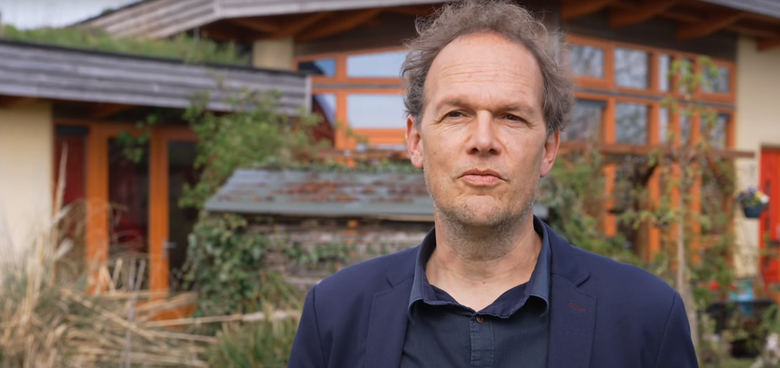
Professor Richard van Leeuwen
Demand-driven
SERENE is the name of the project for sustainable and integrated energy systems in local communities. The question which lies at the heart of this project is how, in collaboration with users, you can generate and store renewable energy locally in an affordable manner without, for example, overloading the energy system?
'The question arose because the residents wondered how they could use more of the energy they had generated themselves without running the risk of net congestion issues', explains Richard van Leeuwen. He is Professor of Sustainable Energy Systems at the Saxion University of Applied Sciences.
'The residents also gave the researchers feedback about the use of the systems. For instance: what sort of IT system is the most user-friendly for this purpose? That was an important research question in this project as well. One of the final goals is to create business models that we can copy and scale up to larger communities and thus accelerate the energy transition.'
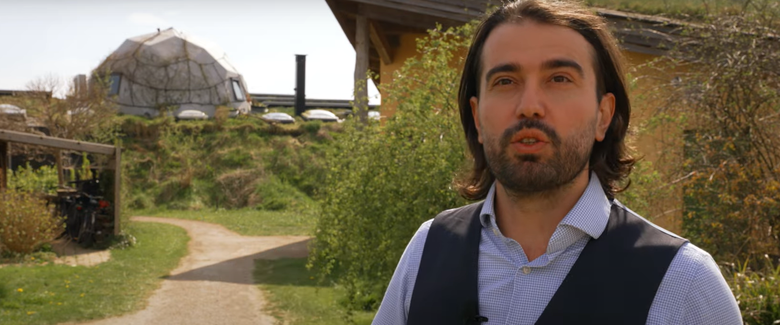
Project leader Cihan Gercek
3 countries
This is approached in different ways by all 3 countries that are part of the project. In Denmark, for example, the researchers are working with a system that stores solar energy during the day as heat in salt. That heat can be used again in the evening as energy. In Poland, experiments are being carried out in a school building, industrial parks and at a power plant. And in the Netherlands, research is being done into smart energy systems and heat pumps among the communities of Aardehuizen and Vriendenerf.
Instructive differences between the countries
'By working together with different countries, we learn a lot from each other', says Cihan Gercek, project leader at Saxion. 'For instance, we examine whether our solutions can also be used in the communities in Denmark or Poland and vice versa. The Danes have collected a lot of data that are useful to us as well. We are doing the same type of research but you notice differences between the countries too.'
So each community has its own characteristics. 'The great thing about the Dutch community is the particularly good cooperation with the residents. The residents provide an awful lot of input, which is hardly surprising because they have built this community themselves. They really did present us with very concrete questions', says Cihan Gercek. 'Through their feedback, we acquired an awful lot of data about what does and doesn't work. In Poland and Denmark, the research is more top-down and is initiated by, among others, the municipality.'
KIEM programmes
Professor Richard van Leeuwen: 'The knowledge that we now use in the SERENE project arose in cooperation with partners such as the University of Twente. Within this cooperation, we have benefited a lot from 2 projects from the KIEM programme of Regieorgaan SIA. In these projects, we did research into smart energy systems, one of which was also situated in Aardehuizen. This was the KIEM SEDCON project (only available in Dutch).'
‘With the KIEM programme, we collaborated with the residents to conduct exploratory research into a more balanced loading of the energy network. It was during this project that the ideas were born, which are now part of the European project.'
‘And in the other project, Optimally Energy Neutral, we tested the smart energy system in an energy-neutral new housing project. That yielded a considerable amount of knowledge and a network that now comes in handy for international collaboration and also helped with the application for the Horizon 2020 grant.'
One of the major differences in working on such an international project is the far greater amount of administration involved: monthly updates, brochures, newsletters and reports. ‘That is very different from in a Regieorgaan SIA project. But it is very useful as well because it recently enabled us to easily convert an interim report into a scientific article.’
‘Scientific articles are not usually something that we focus on within universities of applied sciences, but due to the effort of the university researchers involved, for whom publishing in a scientific framework is more important, we could also benefit from that publication’, states Richard van Leeuwen.
International collaboration
The official secretary of the project is Aalborg University in Denmark. ‘We already knew them and several other partners within the consortium from the international research community in this discipline, for example from international conferences.’
‘By giving presentations at those conferences, you build up contacts like this’, explains Richard van Leeuwen. ‘What also helped us, is the good relations we have with both the Dutch University of Twente and the Danish Aalborg University, who have a lot of experience with European projects like this and have therefore cultivated good contacts in Brussels.
‘It is important to have complementary partners when you apply for a European grant, but you also need to know how to present a convincing case both in the proposal and behind the scenes. And you need a bit of luck as well.'
‘The cooperation is proceeding really well because the research teams in all 3 countries complement each other. Every 6 months, we come together in one of the 3 countries, and we organise monthly online meetings. That way, we remain in regular contact with each other.'

